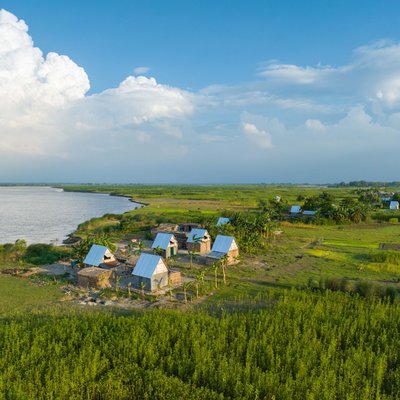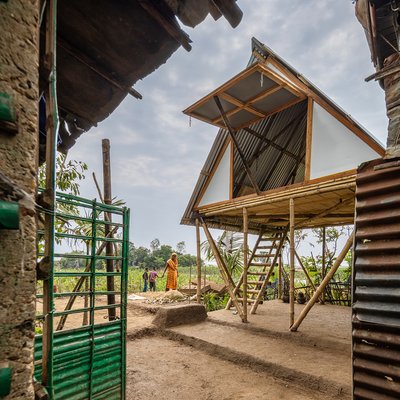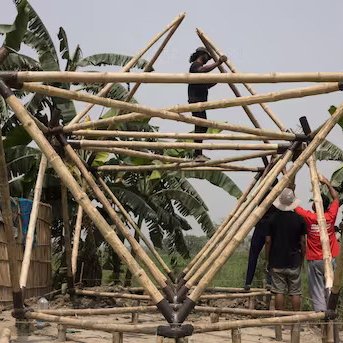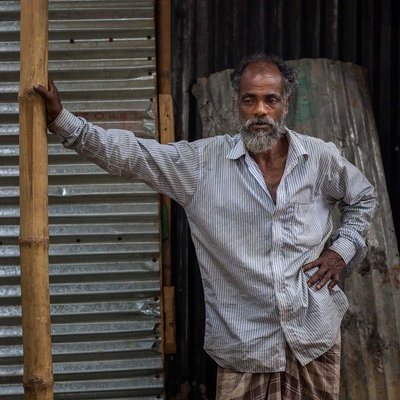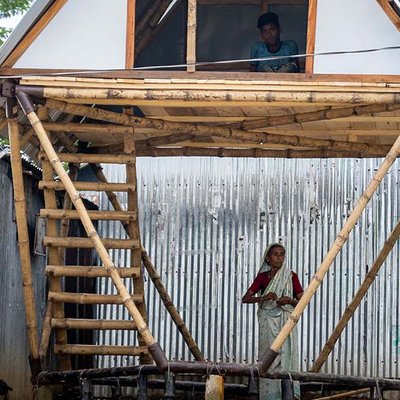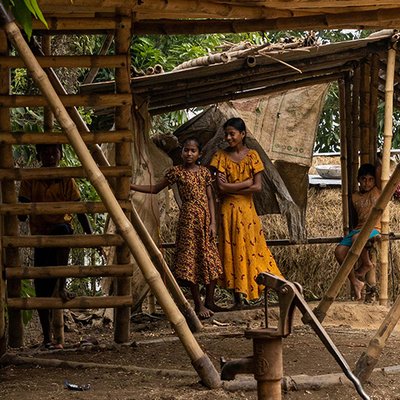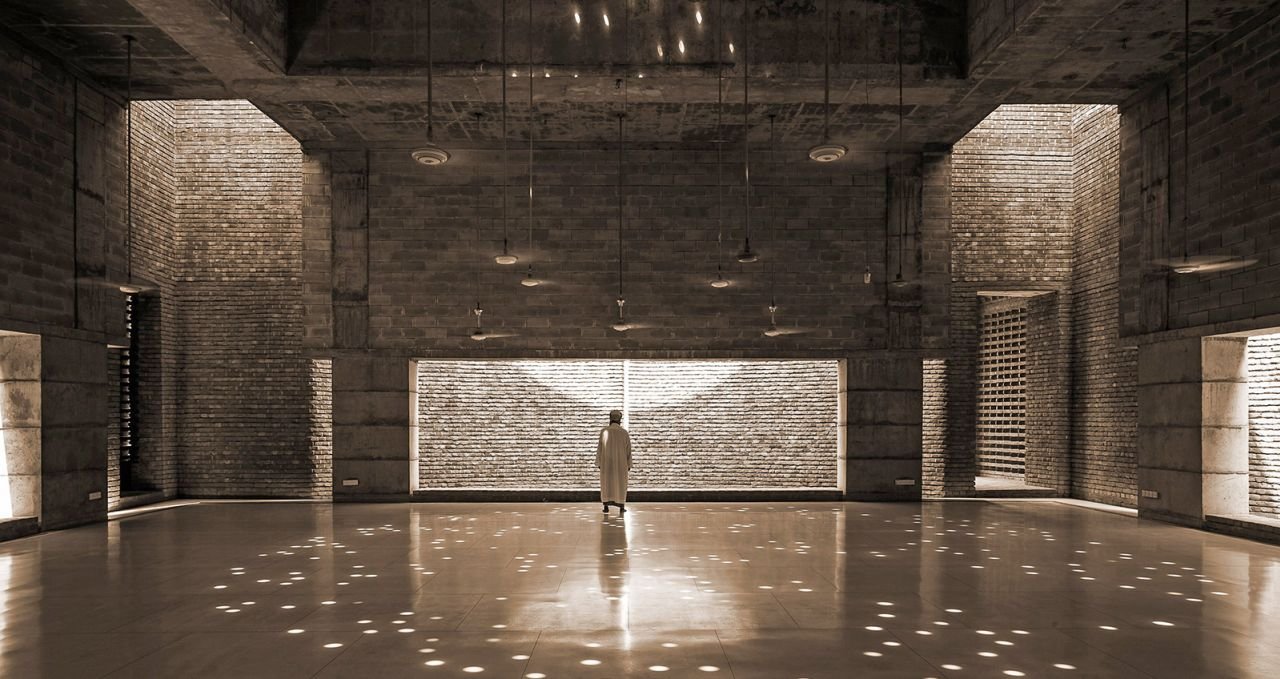
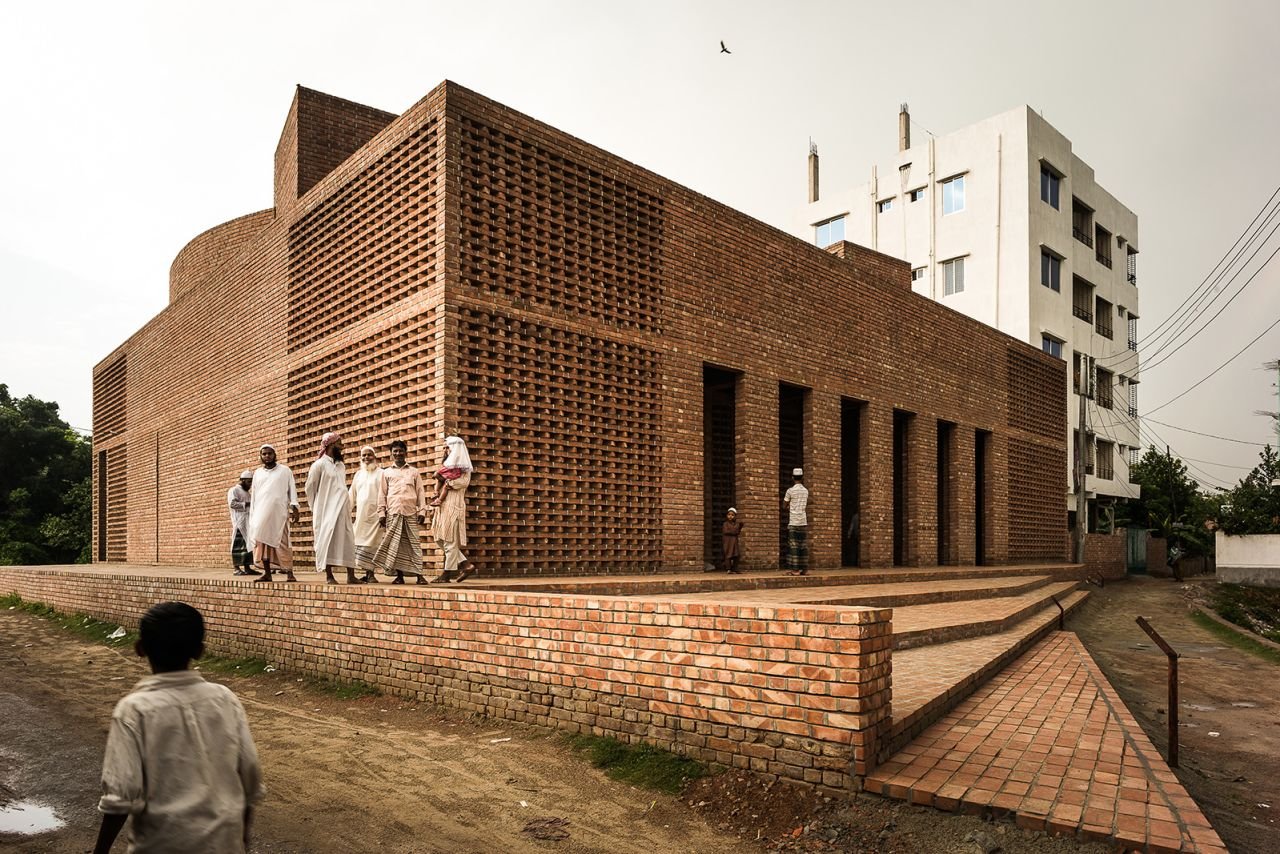
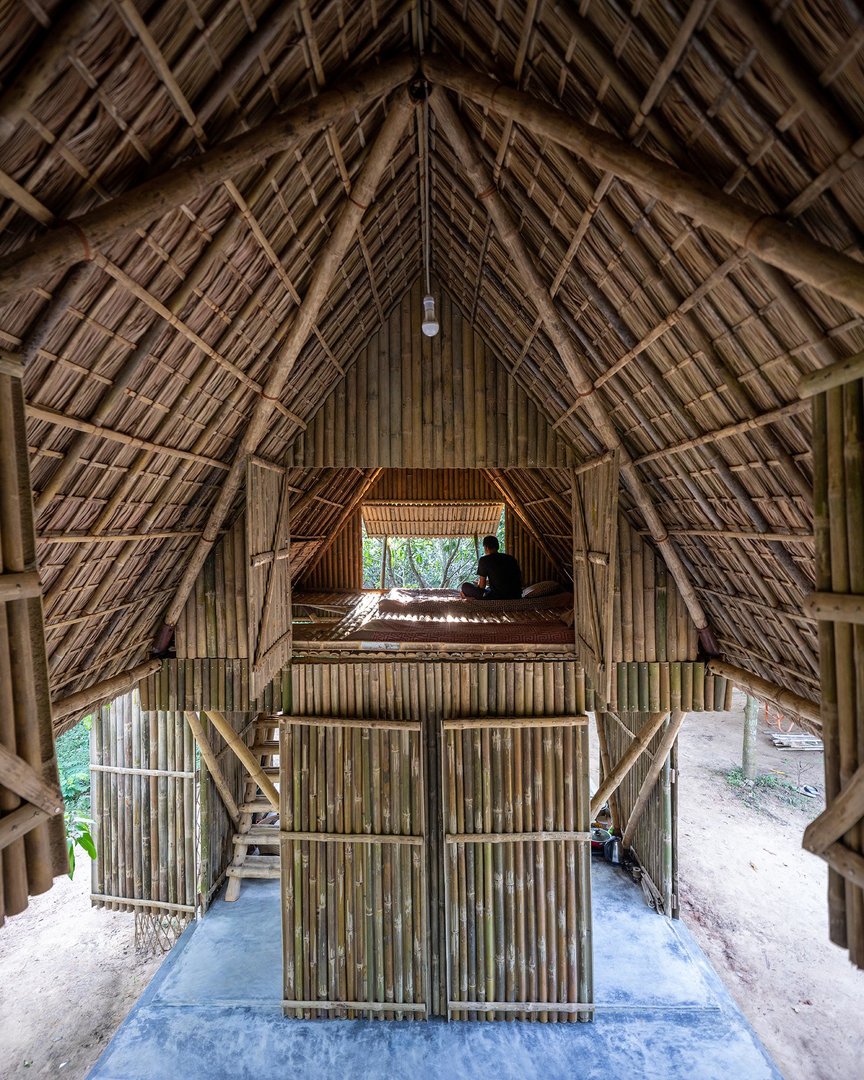
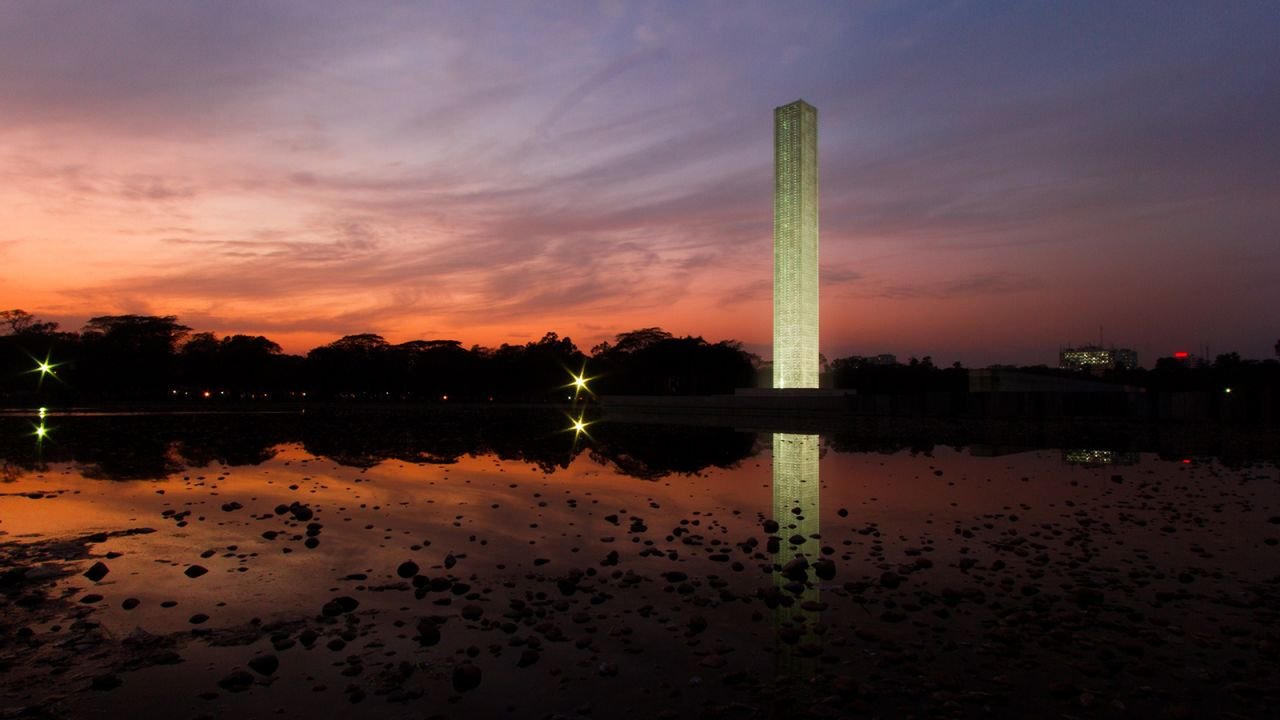
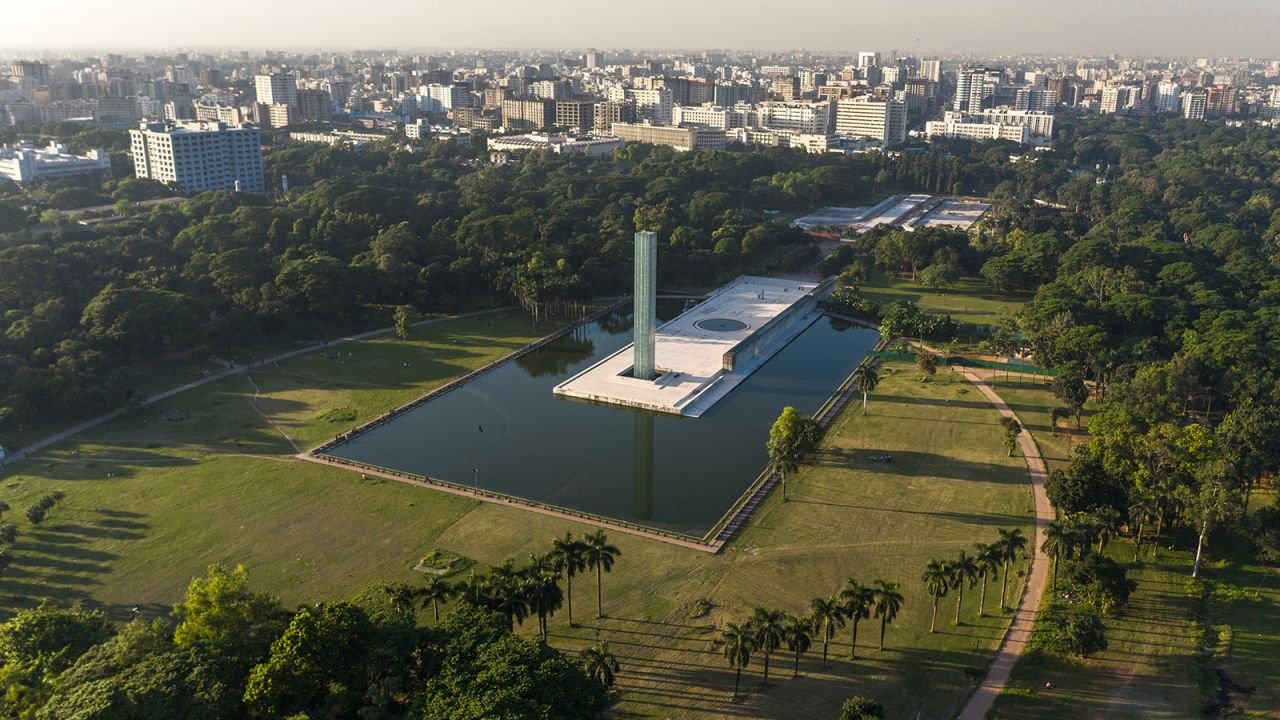
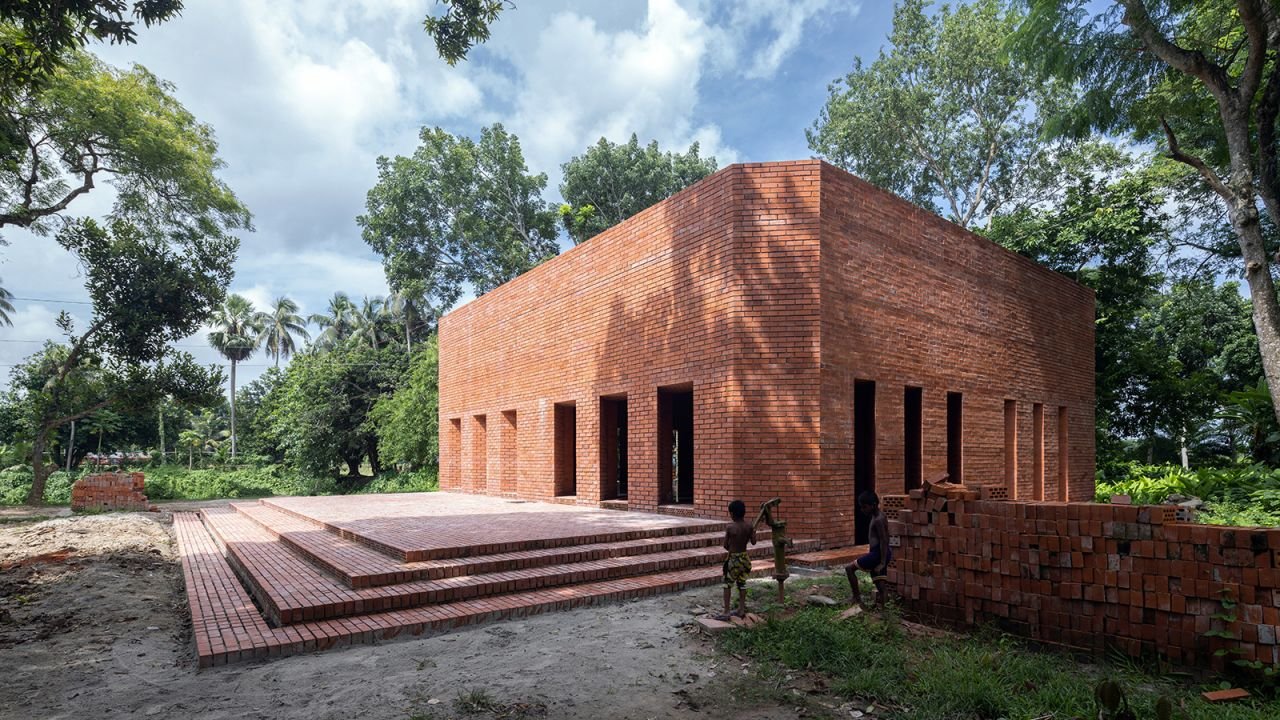
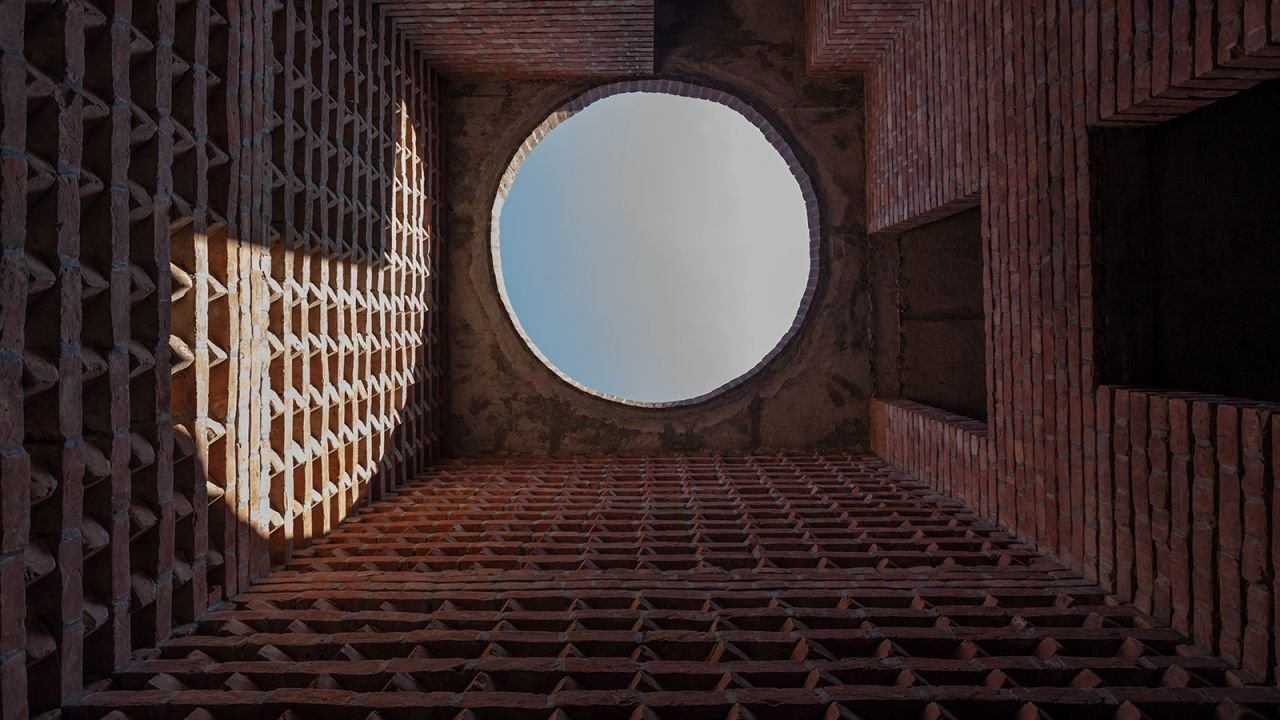
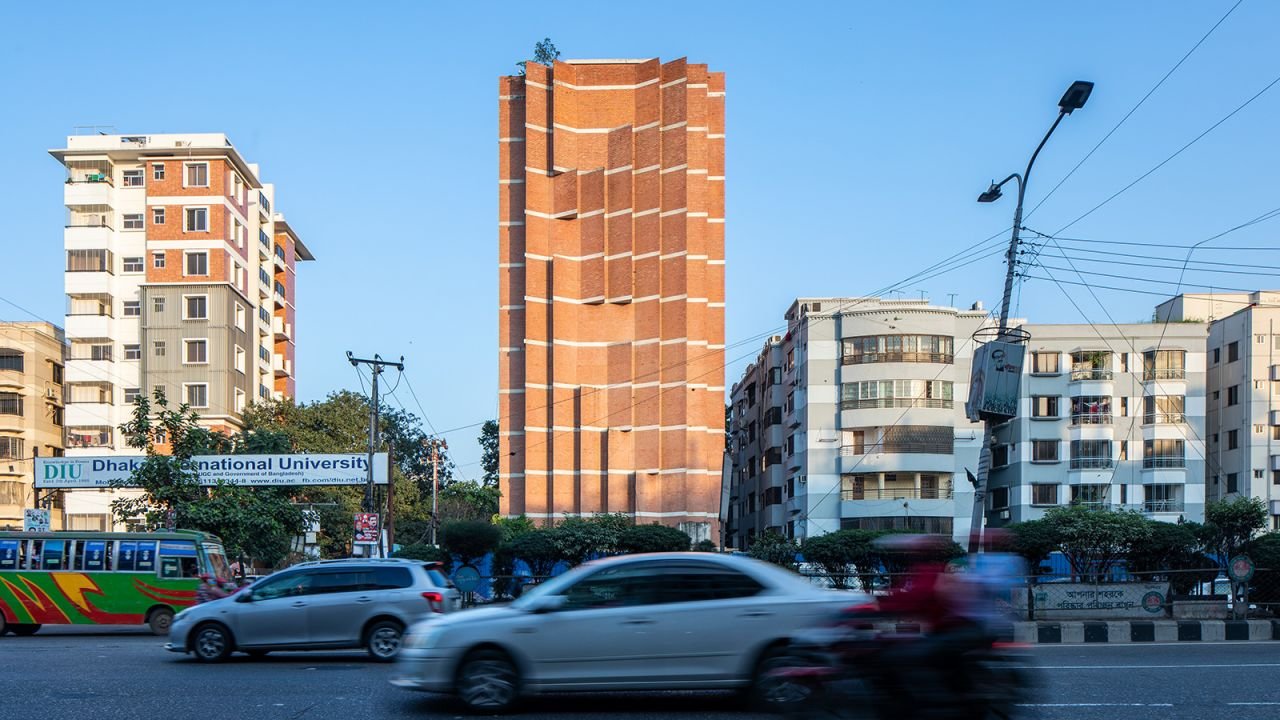
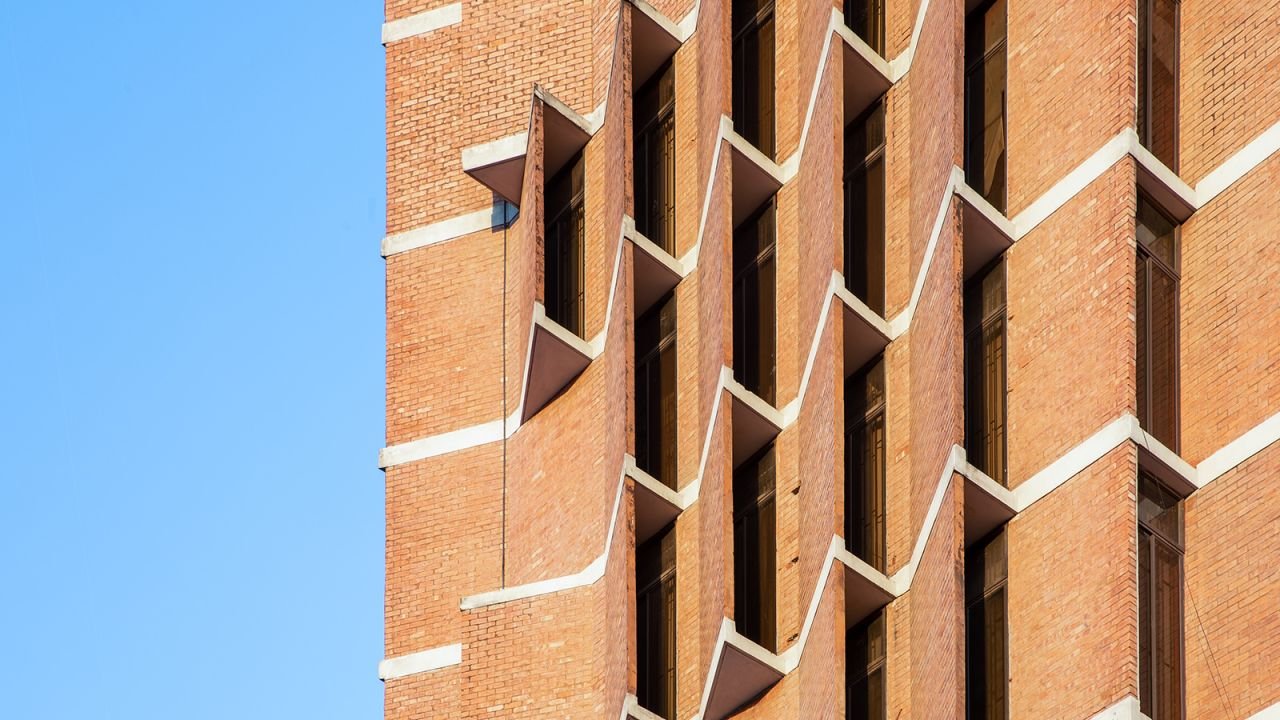
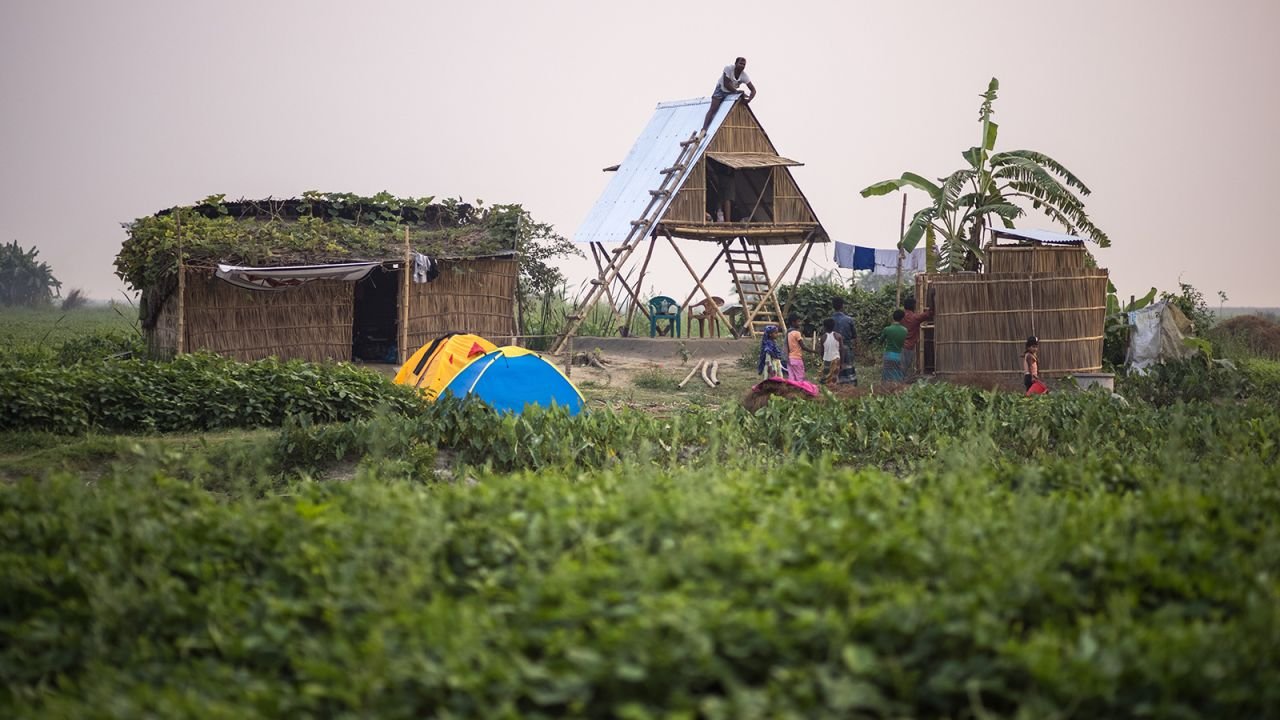
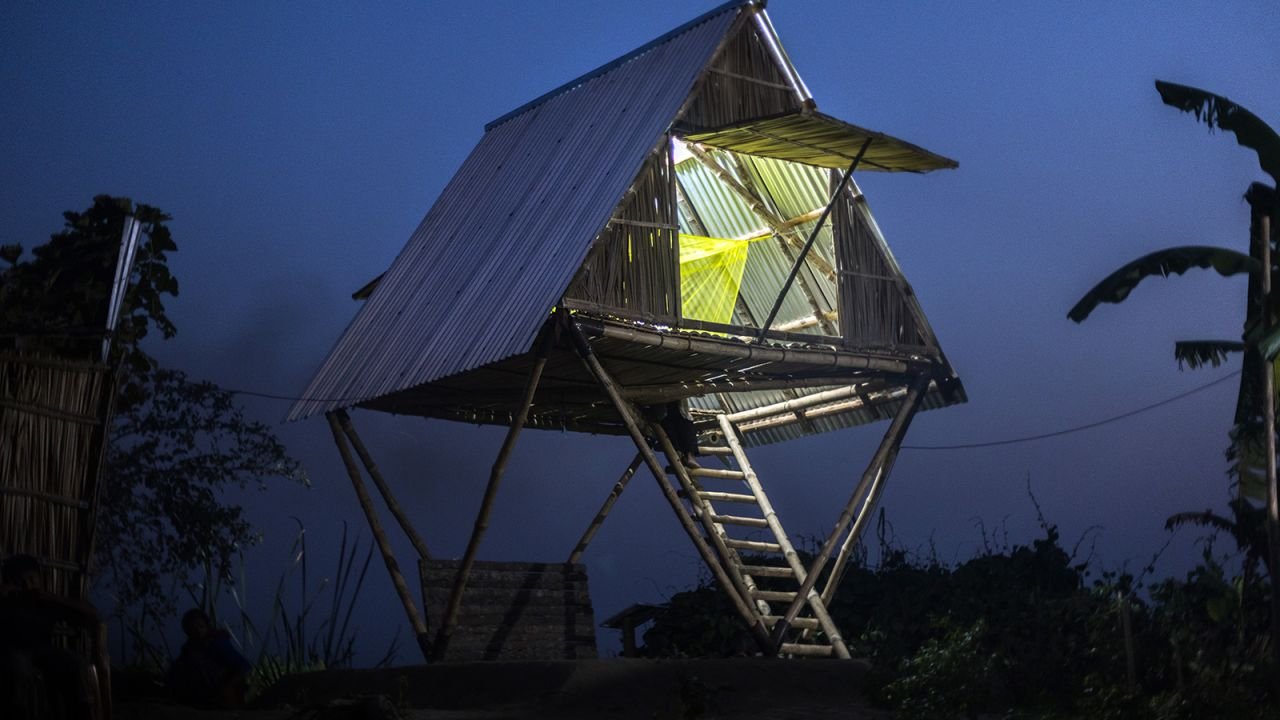
Meet the award-winning architect building flat-pack homes for flood victims
CNN —
Among the stretching plains of Bangladesh’s river deltas, the Khudi Bari looks small.
The two-story structure resembles a free-standing treehouse, with a pitched roof covering a platform that balances on spindly legs. Its name means “tiny house” in Bengali, and its thin bamboo frame looks frail against the rolling yellow fields and the swirling tides splashing against the river bank.
While the humble dwelling looks fragile, it’s the landscape that is delicate. Along these river deltas, the map changes every few years, with riverbank erosion causing islands, known as chars, to rise and fall with the seasons.
“A lot of people lose their land. A lot of towns have vanished into the water,” said Marina Tabassum. The award-winning founder of Marina Tabassum Architects (MTA) wanted to find a solution for these landless people, who are frequently forced to move to escape flooding.
“They need to move the moment the sand bed starts to vanish,” said Tabassum. “The idea was that they should be able to move with their structure.”
Lightweight and modular, the Khudi Bari is designed to be folded down, packed up and relocated, while still able to withstand heavy wind and rain – a steady presence in a transitory lifestyle.
Tiny house, big impact
Bangladesh is one of the world’s most vulnerable countries to climate change, and experiences severe monsoons and flooding for several months every year.
“The coastal areas of Bangladesh, where we are facing the sea level rise and the changing biodiversity and ecology, those areas need a lot of attention,” said Tabassum.
She and her team began researching the needs of these communities back in 2018, but it wasn’t until the pandemic hit – and many other projects ground to a halt – that they had time to fully explore the idea of what this temporary structure might look like.
“A city and its health is defined by how good your public spaces are. That really contributes to the mental and physical health of the inhabitants.” -Marina Tabassum, Architect
Working through a variety of ideas, the team chose bamboo as the principal material. Locally available, cheap, durable, and lightweight, it is easy to move and carry. Fastened with steel joints and metal corner braces for strength, the structure can be easily assembled and disassembled with minimal labor.
Unlike many other temporary structures, the Khudi Bari has two levels. The ground floor is built on compact earth, and walls can be made with any locally found material, such as corrugated iron or woven bamboo, or it can be left open for agricultural storage. The second floor, which can sleep up to four people, is six feet from the ground and accessed by a stepladder, offering a safe space to shelter during flooding.
Homegrown architecture
Tabassum’s compassion for the landless perhaps comes from her own family history and upbringing. The grandchild of immigrants, Tabassum’s family hails from Malda, in West Bengal, India. They left their hometown during the Hindu-Muslim riots that began after partition in 1947 – and the war and famine of Bangladesh’s early years, after gaining independence in 1971, was the backdrop of Tabassum’s childhood.
These early experiences have informed her architectural practice. “Architecture grows from the land, so if you want to root it in its place, then you have to have a deep understanding of where it’s located,” she said.
Throughout her nearly three-decade career, she has designed some of the country’s most noted landmarks, including the Museum of Independence Monument, and the Aga Khan Award-winning Bait Ur Rouf Mosque.
Tabassum said that during her university studies, the curriculum was filled with works designed by foreign architects – so she was determined to create “a language of architecture which is of Bengal, of Bangladesh.”
Influenced by the work of late American architect Louis Kahn, and his student, Bangladeshi architect Muzharul Islam, Tabassum’s style is one of simplicity, playing with light and dark and the contrast of lines and shapes to create dynamic spaces that blend interiors with the natural world beyond.
In addition to the Aga Khan Award in 2016, Tabassum’s work has been further recognized, winning the Soane Medal in 2021, and most recently, celebrated in a solo exhibition at the TUM Museum of Architecture in Munich.
Her work focuses on local, historical materials, like red brick and bamboo – which has the additional benefit of reducing costs and carbon emissions associated with transport and the supply chain.
Shying away from commercial projects, Tabassum takes inspiration from her father, who was the only doctor in the neighborhood where she grew up, and pursues architecture that supports the community, and responds to crisis and need.
“I really love designing public projects, especially places where people gather,” she said. “A city and its health is defined by how good your public spaces are. That really contributes to the mental and physical health of the inhabitants – in that respect, I think we still have some way to go.”
“Ephemeral” structures
To facilitate the distribution and building of the Khudi Bari, Tabassum founded a non-profit branch of her firm called FACE (Foundation for Architecture, Community, Equity) that could help provide proper shelter and living conditions for marginalized groups such as climate refugees, nomadic communities, and low-income populations.
In 2021, the Khudi Bari project received a grant from the Embassy of Switzerland in Bangladesh to fund its first 100 tiny houses, which cost roughly $450 each to build. Through community workshops and engagement events in rural communities, Tabassum said the team selects families who are “more deserving” of a new home.
“Architecture of people, where people live, it’s always been something which is a constantly evolving process.” - Marina Tabassum, Architect
The beneficiaries range from widows trying to provide for their children, to those struggling to make ends meet because of lifelong disability. So far, FACE has built 40 of these tiny homes, in the southern coastal chars of Chandpur, as well as the northern, flood-prone communities of Kurigram and Sunamganj.
“The idea is not to build the entire village,” said Tabassum. “We are building these houses to see how the buildings react to the climate, but at the same time, how people appropriate it.”
FACE is not just building these tiny homes for the sand-shifting communities on the chars. On Bangladesh’s border with Myanmar, around one million Rohingya refugees live in Cox’s Bazaar. Refugee camps are not allowed to build permanent structures or lay foundations, so Tabassum’s team has adapted the modular Khudi Bari to create homes and community space there. “Everybody has a right to good architecture,” she added.
“Because of the climate crisis, because of the sea level rise, and all the different unpredictable phenomena that are happening around us, it’s important to not create something too permanent,” Tabassum said. “I don’t believe that every building needs to last a hundred years.”
“Architecture of people, where people live, it’s always been something which is a constantly evolving process,” she added. “It never sought permanence. And so it’s sort of ephemeral in its quality and its character.”
Extract from: https://amp.cnn.com/cnn/style/article/marina-tabassum-architect-bangladesh-hnk-spc-intl/index.html
More News Like This
